Even after many women were granted limited rights to vote in early 20th century Canada, they still had never been appointed to the Canadian Senate. Though the law stated that any “qualified person” could be appointed to the Senate, it had only ever been applied to men. In the 1920s, a group of women known as the Famous Five, led by Emily Murphy, challenged the government to answer whether women really were people under the law.
Emily Murphy

Emily Murphy was born to a family of politicians, including an uncle who was a Senator, in Ontario in 1868. She used her knowledge and experience of politics when she began campaigning for women’s rights when in her 40s.
In 1916 she was thrown out of a courtroom because the trial of a woman accused of prostitution was considered inappropriate for mixed company.
She appealed and argued that if a mixed court was inappropriate, it was only logical that women should have their own court. She was surprised when the Attorney General of Alberta actually agreed with her, and appointed her the first female magistrate in the British Empire over the new women’s court.
Many in Alberta immediate protested Emily Murphy’s position as magistrate. They argued that a woman could not serve in that position because they were not legally considered “persons” under the British North America Act, the 1867 act that established the justice system.
Emily Murphy’s position as magistrate was saved when the Supreme Court of Alberta ruled that women were persons under the British North America Act in 1917. However, she noted that the decision stood just in the province of Alberta, and decided to test the issue in the rest of Canada. For this, she would need to form the Famous Five.
The Famous Five
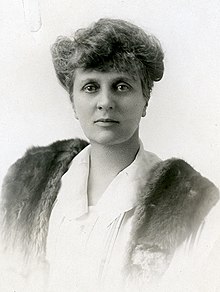
Also known as the Valiant Five, the women brought together by Emily Murphy included:
- Irene Marryat Parlby, the first female Cabinet minister in Alberta;
- Nellie Mooney McClung, an author and an activist for women’s rights, eugenics, and temperance;
- Louise Crummy McKinney, the first woman elected to the Legislative Assembly of Alberta and the first woman elected to any legislature in the British Empire; and
- Henrietta Muir Edwards, a women’s rights activist who served on the National Council of Women and was a leader in the Red Cross.
Emily Murphy herself is a controversial figure in history.
Her 1922 book, The Black Candle, blamed people of color, especially Chinese immigrants, for a perceived drug epidemic, and called for deportation of all non-whites from Canada. Her book was influential in heightening the drug panic that resulted in legislation including the Chinese Immigration Act of 1923 that banned most forms of Chinese immigration to Canada.
Edwards v. Canada
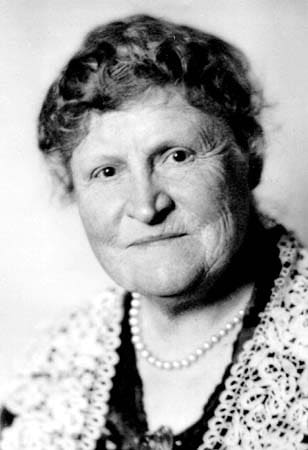
In 1927, Emily Murphy invited these four other women over her house for tea. There she asked them to join her in signing a petition to the federal government. In Canada, issues having to do with the constitution can be clarified by a process where the federal government sends specific questions to the Supreme Court to debate and answer.
The women came up with two questions to ask regarding whether women had the right to serve on the Senate.
When the government agreed to question the Supreme Court, however, they distilled the questions into just one: “Does the word ‘Persons’ in section 24 of the British North America Act, 1867, include female persons?”
If it did, then that law would give women the right to be appointed to the Senate.
The case filed was known as Edwards v. Canada, due to the fact that Henrietta Muir Edwards was the first name listed.
The Supreme Court of Canada ruled against the women, deciding that women were not legally able to serve in the Senate. Though the court recognized the fact that the word “persons” by itself would include women, they decided that the phrase “qualified persons” in the 1867 act was not intended by the writers to include women.
Luckily, the Supreme Court of Canada was not the final arbiter of constitutional questions at the time. The women appealed their case to the Judicial Committee of the Imperial Privy Council.
The Persons Case: A Landmark Ruling
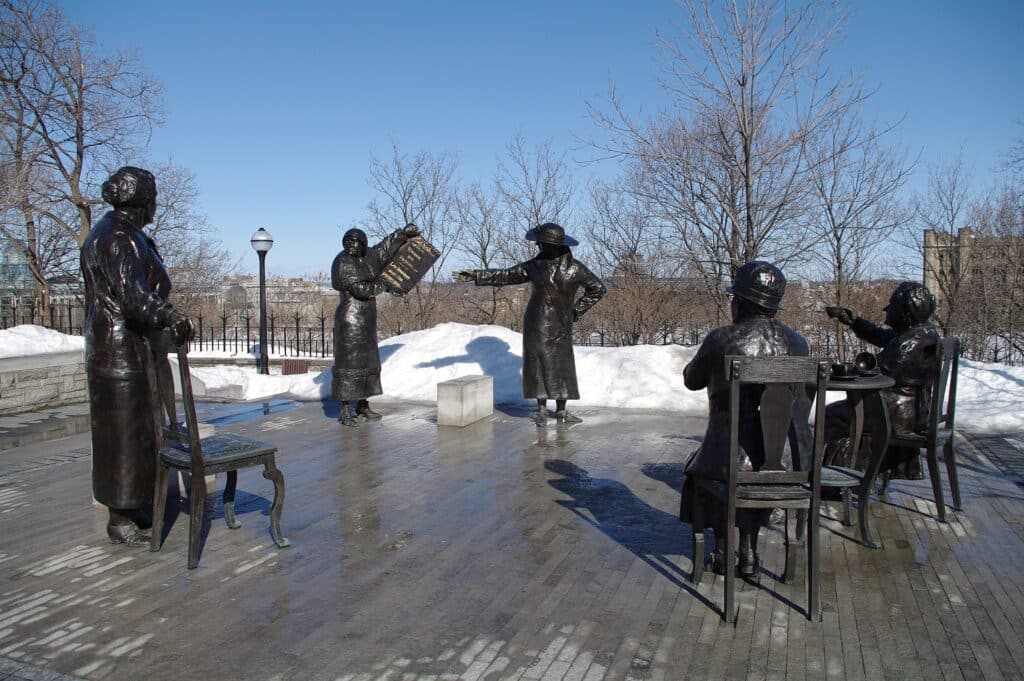
Edwards v. Canada, now known as the Persons Case, went to the court of last resort, the Judicial Committee of the Imperial Privy Council. The council is one of the highest courts in the United Kingdom, with its permanent home in London.
In 1929, the council reversed the decision of the Supreme Court in a landmark ruling, finding that “qualified persons” could be read to include women. The ruling found that “[t]he exclusion of women from all public offices is a relic of days more barbarous than ours.”
The result of the Judicial Committee’s decision wasn’t limited to granting women the right to be appointed to Senate. The ruling also established a broader reading of the word “person” in Canadian law, overturning an 1876 British common law ruling that women were eligible for “pains and penalties, but not rights and privileges.”
Canadian women now had the same political rights and powers as Canadian men.
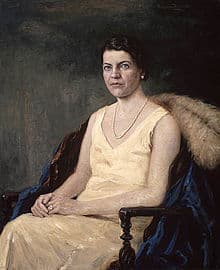
The ruling also established what is now called the “living tree doctrine”, a doctrine that states that the Canadian constitution is a living, organic document that should be read in a broad and progressive way in order to adapt it to changing times.
Thanks to the work of the Famous Five, the first woman was appointed to the Senate of Canada one year later: Cairine Reay Wilson.
The five women themselves have been posthumously named honorary senators, and a statues of the five women adorn Calgary and Parliament Hill.
Edwards v. Canada is today considered a crucial case in the struggle for equal rights for women in Canada.
Keri is a blogger and digital marketing professional who founded Amazing Women In History in 2011.

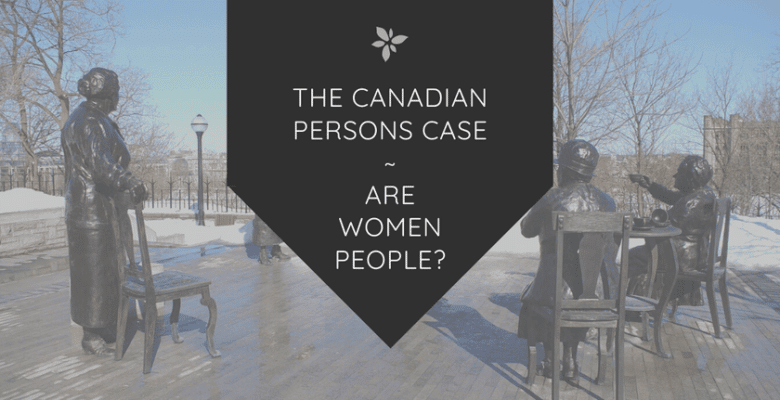
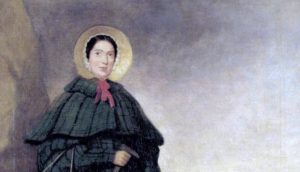
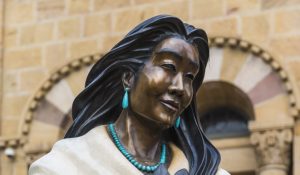


Leave a Reply